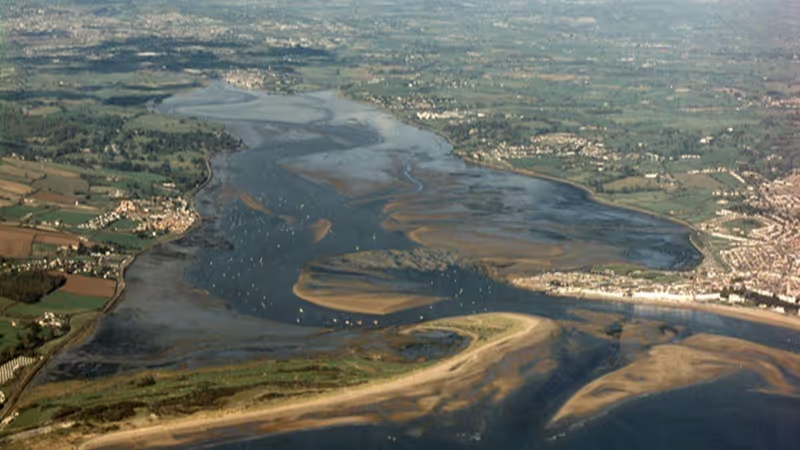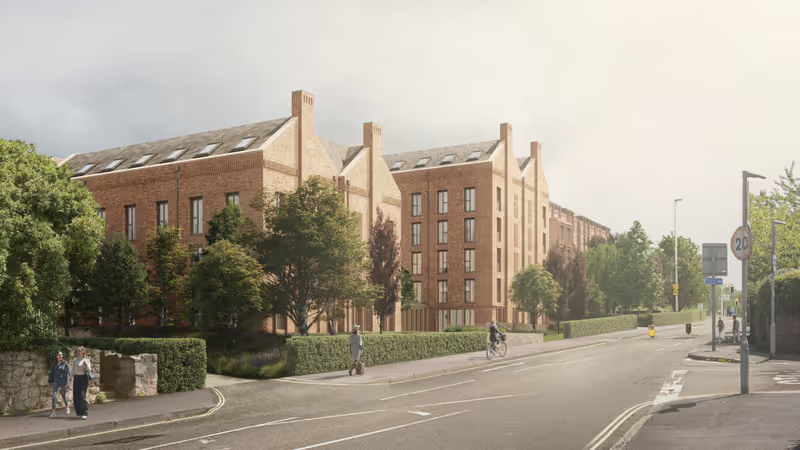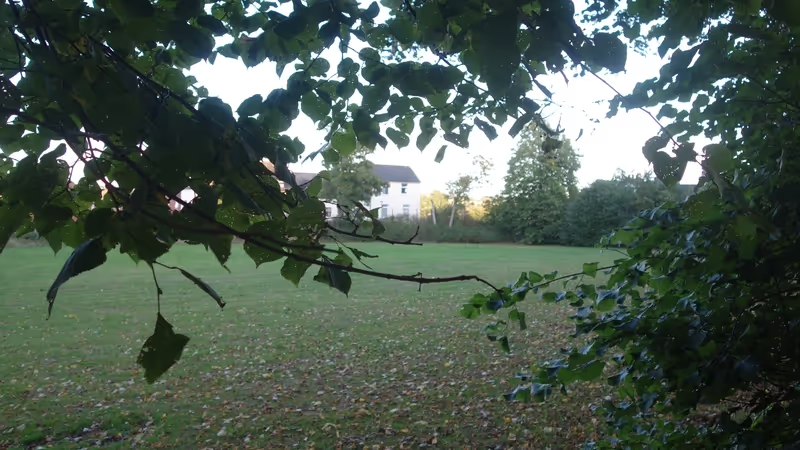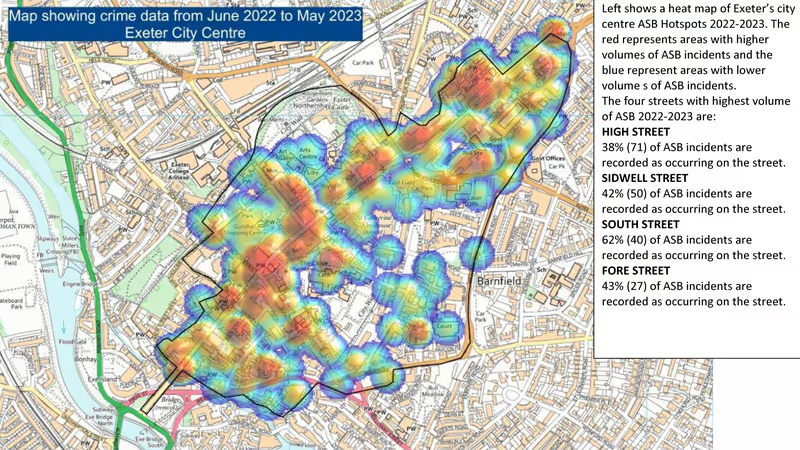Council leader Phil Bialyk has sat on Exeter City Council’s planning committee continuously since he was first elected twelve years ago. He also chaired the committee from 2011-2016.
When he took over as council leader in May 2019 he continued to sit on the committee despite Local Government Association guidance that council leaders should not do so “to avoid any appearance of bias or having ‘predetermined’ views when making a decision on a planning application or policy”, and to ensure that “decisions on plan making and planning applications are undertaken, on behalf of communities, in a fair, impartial and transparent way”.
He then appointed Emma Morse to the post of Executive portfolio holder for city development and planning in May 2021, and made her chair of the planning committee at the same time, despite the same guidance saying that councillors holding this role should also not sit on the planning committee, let alone chair it.
Exeter Observer had by then already challenged the council on its approach to planning committee appointments, and we did so again following last year’s local elections when Phil Bialyk cemented Emma Morse’s role as planning committee chair.
At last month’s city council meeting the council leader was asked why Exeter City Council does not follow the guidance. His answer boiled down to “I choose not to”.
So when the planning committee met the following Monday, at County Hall as the civic centre’s meeting rooms were being used for the local elections, the council leader took his seat as usual.
 Exeter City Council planning committee meets at County Hall, 24 April 2023
Exeter City Council planning committee meets at County Hall, 24 April 2023
The first planning application on the agenda was for a development of six houses at Newbery car breakers yard in Redhills.
The council leader led the charge against it. He was first to speak and took part repeatedly, expressing apparently strongly-held views about the application during the increasingly heated discussion that followed. He also proposed the motion to refuse it.
What he did not make clear, despite saying he knows the road on which the development site is located, is that he lives 160 yards away. Emma Morse was also apparently aware that he lives beside the site, referring to passing his house there when regularly driving back to Exeter from Cornwall.
The council leader’s house is so close to the site that it appeared in an aerial view included in the council planning officer’s presentation on the development proposals. According to Google Maps it is just two minutes’ walk from one to the other.
 Two minute pedestrian route from The Cottage, Nadderwater to Newbery car breakers, Redhills. Contains satellite imagery © 2022 CNES/Airbus, Getmapping plc, Infoterra Ltd & Bluesky, Maxar Technologies.
Two minute pedestrian route from The Cottage, Nadderwater to Newbery car breakers, Redhills. Contains satellite imagery © 2022 CNES/Airbus, Getmapping plc, Infoterra Ltd & Bluesky, Maxar Technologies.
A glance at the council leader’s register of interests confirms his pecuniary interest in his property at Whitstone Cross. Should this not, then, have prohibited his involvement in a planning decision about Newbery car breakers yard?
The law governing the disclosure of pecuniary interests introduced in the 2011 Localism Act – not long after the council leader’s first election – and extended the following year was intended to have limited scope, partly because it is a criminal offence to break it.
Notwithstanding the reasonable view that the council leader should not take part in a planning decision concerning a development so close to his house, the government’s intention was that doing so would not constitute a criminal offence because it intended situations like this to be addressed by local authority codes derived from considerations of where the public interest in such matters lies.
Exeter City Council has just such a code, which it refreshed at its April meeting to keep it in line with the Local Government Association guidance on which it is based.
 Exeter City Council members’ code of conduct
Exeter City Council members’ code of conduct
Paragraphs eleven and twelve (highlighted) appear to confirm that the council leader should have declared his interest in the Newbery car breakers yard planning application.
It affects his financial interest or well-being to a greater extent than it affects the financial interests of the majority of inhabitants of Exwick, the ward he represents, and a reasonable member of the public knowing all the facts is likely to believe that either or both would affect his view of the wider public interest in the application.
Exeter City Council’s constitution also contains a code of conduct that specifically relates to planning decisions, rather than covering the conduct of councillors more widely. This says: “It is essential that both members and officers identify situations where a conflict of interest may arise and that any such interest is declared prior to consideration” and cites living in proximity to a development site as a case in point.
It was to comply with these rules that Liberal Democrat councillor Michael Mitchell, who also sits on the planning committee, declared his interest in a planning application for a student accommodation block on Howell Road, near his home at committee meetings in February and March.
In both cases he neither participated in the debate nor voted on the decision, but did speak from the floor as a member of the public as his interest in the application was not a disclosable pecuniary interest.
Similarly, Green Party councillor Diana Moore, who is also a planning committee member, recused herself from consideration of a student accommodation and co-living application on the Heavitree Road police station site in February because of a disclosable pecuniary interest in a nearby property.
It may be that the council leader can keep his seat on the planning committee with his Executive portfolio holder for city development and planning in the chair, as he is not required by law to apply Local Government Association guidance about probity in planning decisions, although one might think that striving for impeccable ethical standards is a responsibility entailed by his role.
But surely, at least in this case, the conduct and planning codes that the city council has adopted, also based on Local Government Association guidance, apply to him just as they do his opposition colleagues.










